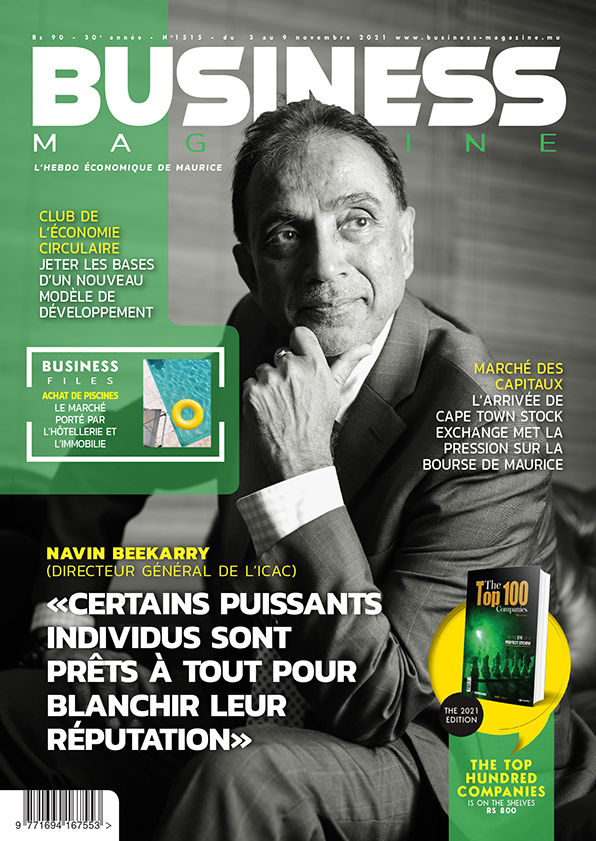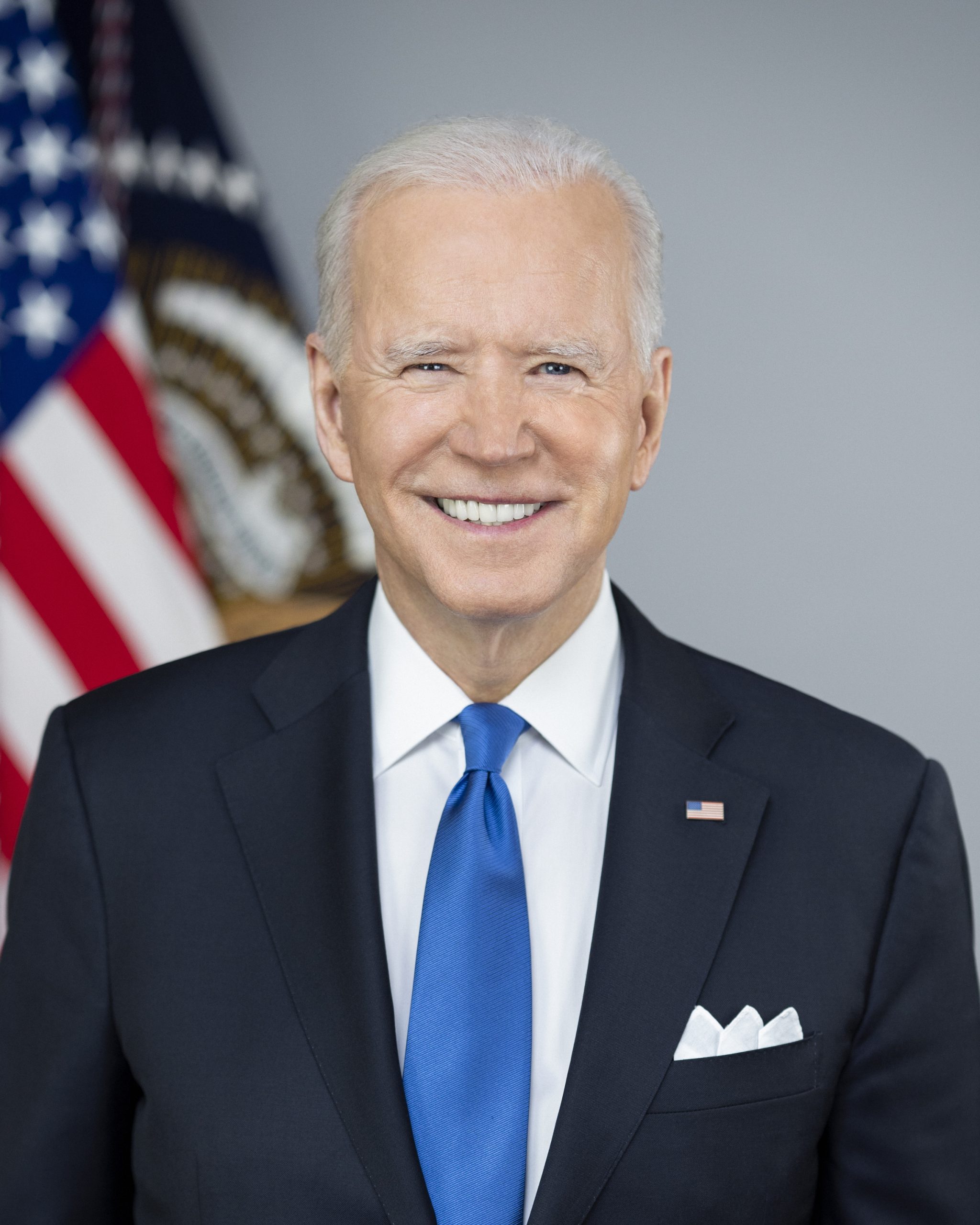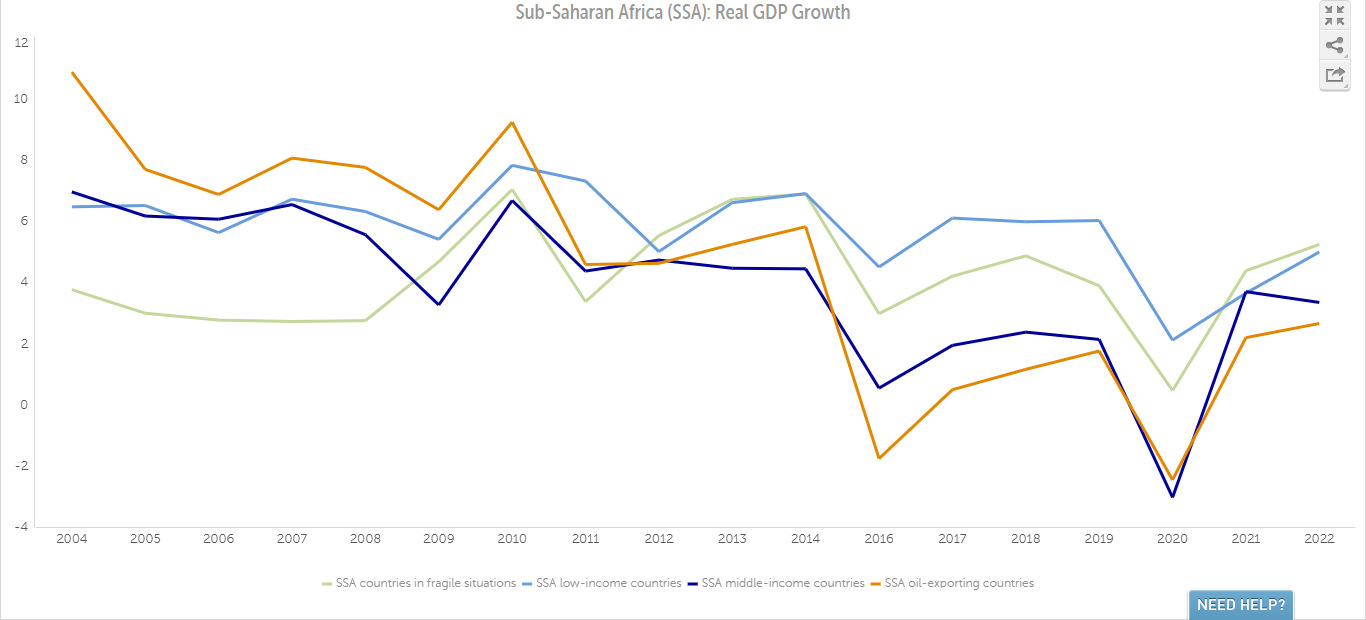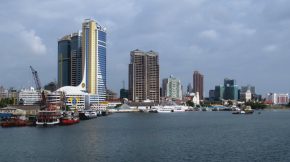Public and community engagement in decision making
Share
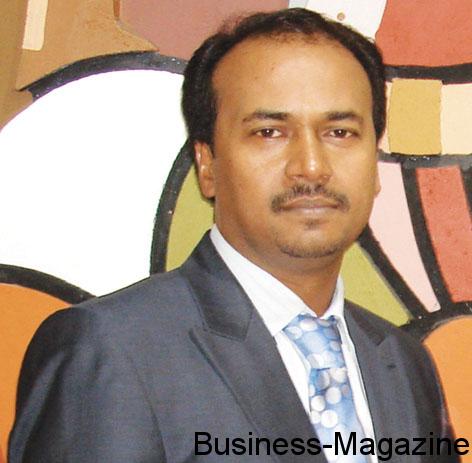
With public services currently under relentless pressure to create a ‘modern corruption-free Mauritius’, innovation is now positioned as a necessity for survival rather than a ‘nice to have’. Therefore, a leader’s ability to encourage and motivate workers to innovate is crucial.
‘Sustaining and improving services, and tackling the most complex policy problems will test our new government to the full in a challenging fiscal context and otherwise. Doing things as they have always done them won’t be good enough. They must find new insights and develop new ways of working together with public and communities’.
‘In short, the new government and its administration need to build on their capacity to innovate, to make innovation central to their work. They must learn from each other as well as from the public and the communities about how to build innovation into their departments and the country at large’.
The recent government has renovated its administration with some young Ministers to portrait a modern public service leaders. These young leaders are often in the public eye and engage with a variety of stakeholders on a regular basis.
It is thus in the interest of the government that the policies and services which are being created in this so-called new and modern administration are deemed to be relevant and successful by the very people they aim to serve. In recent years, it has become increasingly clear that the best way to ensure this is to include the public and stakeholders in the policy-making process, putting their opinions and experiences at the very heart of government decisions that affect them.
It is not to be discounted that public engagement is a structured communication or dialogue between government, the public and other interested parties to inform specific policy development or specific service implementation. It is not to be confused with ongoing stakeholder engagement and communication which is part of ‘business as usual’. Public engagement is more specific than this, and is used when there is a policy or service development that will benefit from further insights from key audiences.
Many commentators have discussed the moral dilemmas facing leaders who must make difficult decisions. Whilst previously it was not uncommon for leaders to feel that they were taking decisions in the absence of information, call it ignorance or arrogance, (Ramgoolam’s regime or Bérenger’s regime) not sure but we are now in an era of potential information overload. So perhaps the trick for being a participatory leader now comes down to harnessing the power of the information tools available.
‘Participatory leadership is a sustainable and empowering way to create successful, positive and prosperous changes in our island. Participatory leaders use every meeting as a key mechanism through which to release potential’
However, community engagement and participation has a history of cynicism and criticism from both the public and the communities they aim to serve.
Je participe
Tu participes
Il participe
Nous participons
Vous participez
Ils profitent (Guess who?)
This highlights that participation without redistribution of power is an empty and frustrating process for the powerless, and therefore engagement of this nature needs careful expectation-setting and regular evaluation of outcomes. It is through this evaluation that leaders can stand by the decisions they take after participation activities have taken place.

